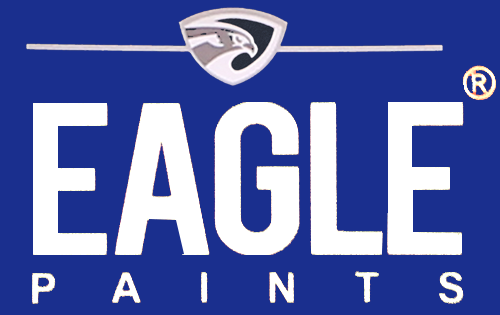Painting Guide
Good Painting Weather
What kind of weather can you paint in? The answer varies with the product and whether you are painting indoors or out. A general rule is that Water Based paints and primers should not be applied below 50°F. Oil-based paints should be applied when the air & surface temperatures are above 40°F. Do not paint when the temperature is over 95°F or the relative humidity is above 85%. It is best to paint west or north sides during the morning, east or south in the afternoon. Avoid painting in the hot summer sun. Paint on the shady side. The paint will be less apt to blister and peel.
Brush vs. Roller
The decision whether to use a brush or roller is yours. But remember, with a brush you will get a thicker paint film. With a roller, you will get a more even coating, but you can also stretch the paint too thin over the surface. You may use either natural bristle or synthetic bristle brushes with alkyd/oil paints. Use only synthetic bristle brushes with Water Based or acrylic paints. (The water in Water Based or acrylic paints takes the oils out of natural bristles and they become unmanageable).
Using a Brush
Dip the brush about halfway into the paint. Withdraw it and tap it lightly against the inside of the can to remove excess paint from both sides of the brush. (“Scraping” the brush on the edge removes too much paint.)Keep the brush well filled but not overloaded. Always use the flat side, never the edge of the brush. This will give a better appearance to the paint job and the brush will last longer.
Using a Roller
Load the roller by rolling it back and forth in the paint tray several times into the “shoreline” of the paint to, to saturate it evenly. Then remove the excess paint by rolling it along the ridges at the shallow end several times. Paint a large “W” (about 2 feet square) on the wall, then cross the roller back and forth to obtain solid coverage. Finish with light, vertical strokes to eliminate a “streak” effect. Work the roller at moderate speed. Too fast or too heavy pressure causes bubbles or spatters.
Maintain a “wet” Edge
whether using a brush or roller, it is very important to maintain a “wet” edge as you paint to help eliminate lap marks. Always brush or roll INTO the wet edge, not away from it. When you stop painting, always stop at a corner. Maintaining a wet edge is even more important when staining than in painting, as lap marks are more prominent. If you have to start a new can in the middle of a wall, mix some of the new paint with the last of the old in the old can to ensure blending of colors.
Clean-up
Clean your brushes and equipment immediately and store them properly. With Water Based or acrylic paints, clean your equipment with warm soapy water and let dry. For alkyd/oil-based paints, clean with thinner, then soap and water. Store brushes in the paper or cardboard sleeves that they came in to maintain their shape. Seal the remaining paint carefully. A sheet of plastic wrap laid across the top of the can before replacing the lid helps seal the can.
Painting Exterior Siding Begin at the top and work down. Paint the underside of the siding first, then the surface. Your strokes should parallel the siding. (Horizontal siding, work with horizontal strokes, vertical siding with vertical strokes).Finish a complete side, or at least to a door or window, before stopping for the day.
Stir the Paint or Stain
Always stir the paint thoroughly before use even though it was mixed and stirred during the first coat. Since pigment has a tendency to settle, periodically stir your paint during application to ensure color consistency.




